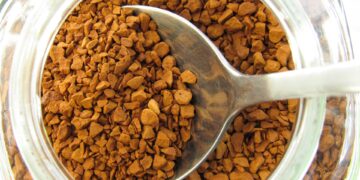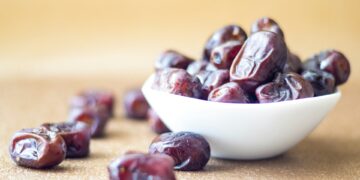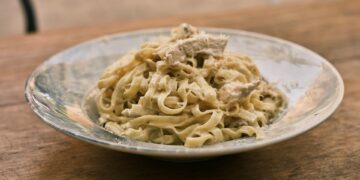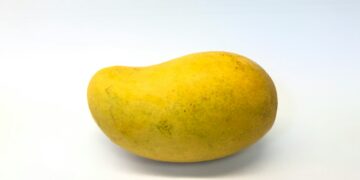The Golden Spice That Helps Slash Blood Pressure
If you’ve already reduced your salt intake, cut back on caffeine, and made efforts to manage stress—but your blood pressure remains high—you might consider turning to a golden-hued spice already in your kitchen: turmeric.
Turmeric contains curcumin, a compound responsible for the spice’s bright yellow color and earthy taste. Curcumin is part of a broader group of plant chemicals called polyphenols, which are recognized for their antioxidant and anti-inflammatory effects. These properties may contribute to curcumin’s potential to promote healthy blood pressure levels.
Research, particularly in animal studies, suggests that curcumin may help lower blood pressure by improving the flexibility and condition of blood vessels. In cases of chronic hypertension, it may reduce arterial stiffness and thickness. In some experimental models, curcumin has even reversed vascular damage associated with pulmonary arterial hypertension, a condition that increases pressure in the lungs by narrowing blood vessels.
Curcumin may also play a protective role for vital organs such as the heart and kidneys—both essential in regulating blood pressure. Additionally, it may boost nitric oxide production, a compound that helps relax blood vessels, enhances circulation, and reduces arterial resistance.
However, despite its many promising benefits, curcumin is not easily absorbed by the body. According to registered dietitian Chantelle van der Merwe, only a small fraction of ingested curcumin passes through the small intestine, and most of it is rapidly metabolized by the liver, limiting its presence in the bloodstream.
To improve its absorption, scientists have investigated various strategies. One proven method is combining turmeric with black pepper. Black pepper contains piperine, which inhibits liver enzymes that would otherwise break down curcumin too quickly. Piperine may also aid digestion by stimulating the pancreas and enhancing nutrient absorption, as well as increasing blood flow to the digestive tract.
Since curcumin is fat-soluble, pairing turmeric with healthy fats—like avocado, coconut milk, or olive oil—can further improve absorption. Without dietary fat, curcumin struggles to pass through the gut wall and enter the bloodstream, reducing its potential effectiveness.
Turmeric is a highly versatile spice that can be incorporated into many types of dishes. It’s traditionally used in curries, but also adds depth to soups, rice dishes, marinades, and even baked goods. It works well in smoothies, herbal teas, and warm milk-based drinks.
Van der Merwe shared some of her favorite ways to use turmeric, including savory vegetable muffins, a comforting rooibos tea with ginger and turmeric, and the classic combination of curry with yellow rice. Nutritionist Mary Curristin of ART Health Solutions said she enjoys mixing it into overnight oats, scrambled eggs, or roasted vegetables.
A little turmeric goes a long way—typically ¼ to ½ teaspoon per serving is enough to provide its signature color and flavor. It also pairs beautifully with other warming spices like cumin, cinnamon, cardamom, coriander, and ginger, making it a flavorful and aromatic addition to a wide range of global recipes.

































Discussion about this post